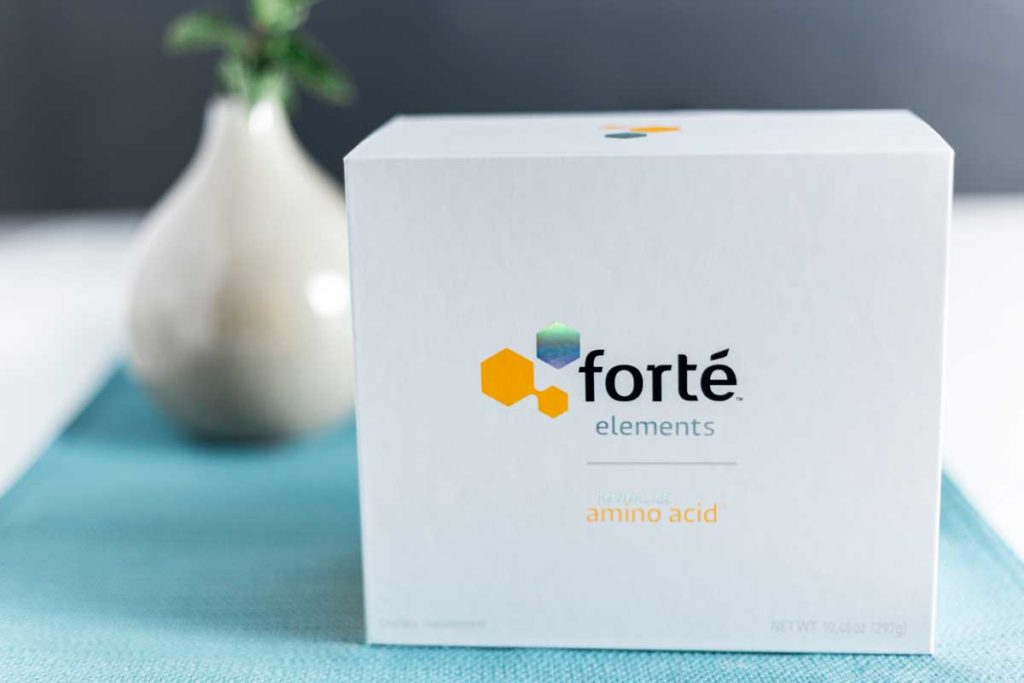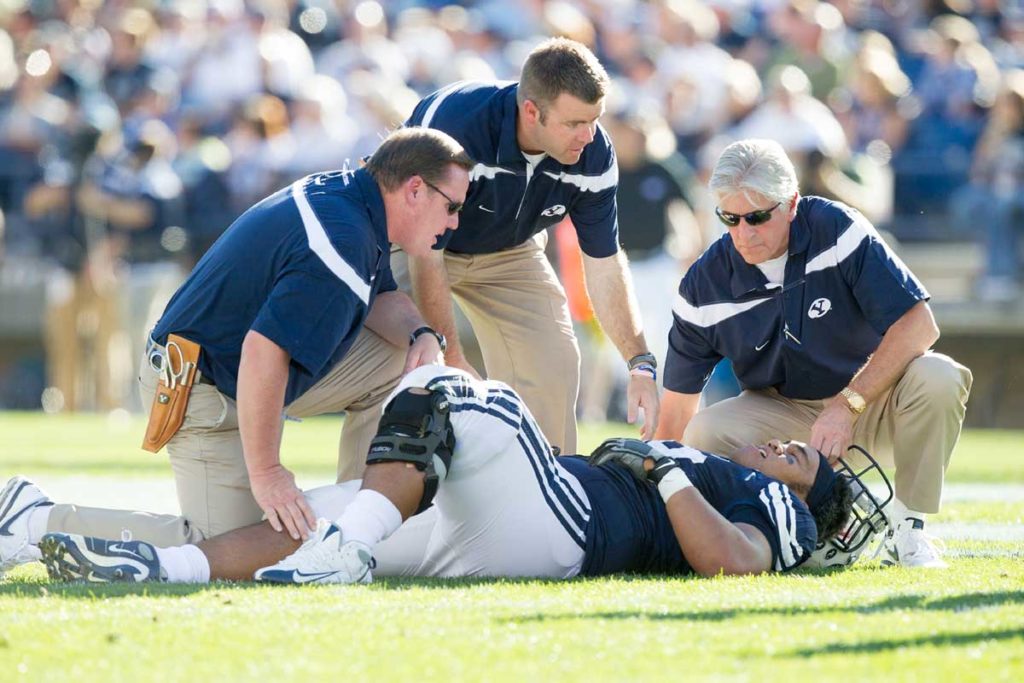Those of us who grew up in a competitive environment participating in team and individual sports know that there is an expectation of a price one must pay from both a physical and psychological point of view to find success.
It is often painful to climb to the top of the mountain regardless of what that mountain may be. We hear terms such as “no pain – no gain” and indeed there is both truth and science to support that claim.
If you want to make a muscle stronger what do you do? You push it slightly beyond its capability in order to trigger a response in the tissue. In the case of muscle that response is for the tissue to “hypertrophy” or get bigger and subsequently stronger. Indeed every time you go to the weight room and push yourself towards the extreme of your capability you “cause an injury”. We think of these as “controlled injuries” but it is an injury nevertheless.
We are good at causing these “controlled injuries” but often not so good at enabling the body to “recover” from the injury you just caused. This process of getting bigger, stronger and faster is a noble and time honored process but often overlooked is what it takes for the body to respond, feed the injury and support the recovery process.
The important element of recovery from such controlled injuries include an element of “rest” in addition to providing the nutritional support the tissues need to “heal”.
Everyone knows that a successful extreme athlete doesn’t spend much time resting in the sense of lying around doing nothing. The “rest” should be controlled and focused just as the specific weight lifting is controlled and focused. For example one might work “legs” two or three times per week with the “off days” being devoted to upper body or core exercises. You get the picture. Work it, rest it and feed it if you want to maximize the effects of your conditioning and workouts.
So how do you “feed” the recovery? You provide it with the energy (amino acids) and vitamins, minerals and trace elements know to be important in recovery. Forté Elements has a unique “post op” product that is very intense and comprehensive in meeting the extreme nutritional needs that are present after major surgery.
The Certified Athletic Trainer of a major Division I University in the South East called me one day indicating that many of his recruits come from extremely impoverished environments. As such, although talented athletes, they arrive in a state of rather substantial malnutrition. He puts those athletes on Forté Post Op to jump-start their nutritional status and try to bring them up to a reasonable baseline when they enter his program.
Even the seemingly well-nourished athlete provokes unique nutritional demands every time he or she goes to the weight room or works out heavily. Amino Acids, which are specific to soft tissue recovery, are in high demand by your body during or following a heavy workout. Forté Amino is specifically formulated to respond to this need.
In a separate document I will talk about the much discussed roll of BCAA’s or “Branched Chain Amino Acids” and what important place they have in injury and recovery.
How do bones respond to stress? Do they do the same as muscle? The answer is yes but the biology behind both the “controlled injury” and recovery is quite different from muscle tissue.
Bones respond to the stress that is applied to them. This occurs on a structural and mineral basis. This principle is often referred to as “Wolf’s Law”. As an example if you apply repetitive stress to a bone in a gradual fashion is will slowly thicken, become stronger and increase it’s mineral and collagen content. The bones in the feet of a marathon runner will be much thicker, more mineral dense and subsequently stronger than the bones of a recreational “walker”.
To apply Wolf’s Law requires time and nutritional support to respond to the repetitive stress applied to the bone. Wolf’s law doesn’t have time to respond if the force is applied faster and more focused than the body has time an energy to respond. Examples include the “new runner” who decides to get ready for a first marathon and carefully works out a plan to get in shape for that 26 mile run over the course of 8 weeks gradually increasing weekly mileage until ready for the event
Too much stress applied too quickly can overwhelm the body’s response mechanism leading to a stress reaction or even stress fracture in the foot or tibia of the hopeful marathoner. Unfortunately the painful foot in the running athlete may too quickly be attributed to the potential need of a specific arch support, a specific brand of shoe or a physical therapy modality. I can’t tell you how many times I have had a runner show up in my office after a frustrating year of foot pain. They have had adjustments by the chiropractor, orthotics from the podiatrist, heat, ultrasound and painful A-stim treatments by the physical therapist, stretches, modalities and eccentric loading by an Athletic Trainer and even a cortisone shot by the Primary Care Sports Medicine doctor only to finally find out they have had a stress fracture all along.
I’ll address the management of Stress reactions and Stress Fractures in bone in another discussion. Suffice it to say that Forté Elements also has a condition specific product called Forté Fracture, which is designed to augment and support fracture healing.

Tendons and Ligaments do not respond well to repetitive stress and, as such, it is important to protect them where possible rather than attempt to make them stronger.
Likewise brain tissue doesn’t hypertrophy or get stronger but it can be made more resilient to injury by supporting it with neuro-protective nutritional elements as are found in Forté Brain Protect.
Work it! Rest it! Feed it! These principles apply to muscle and bone but not so much to tendons and ligaments.

